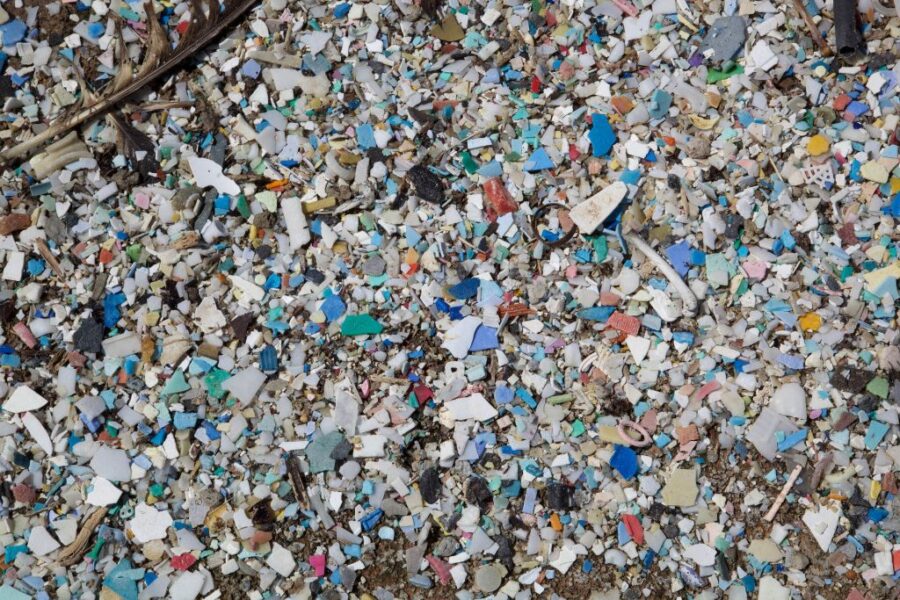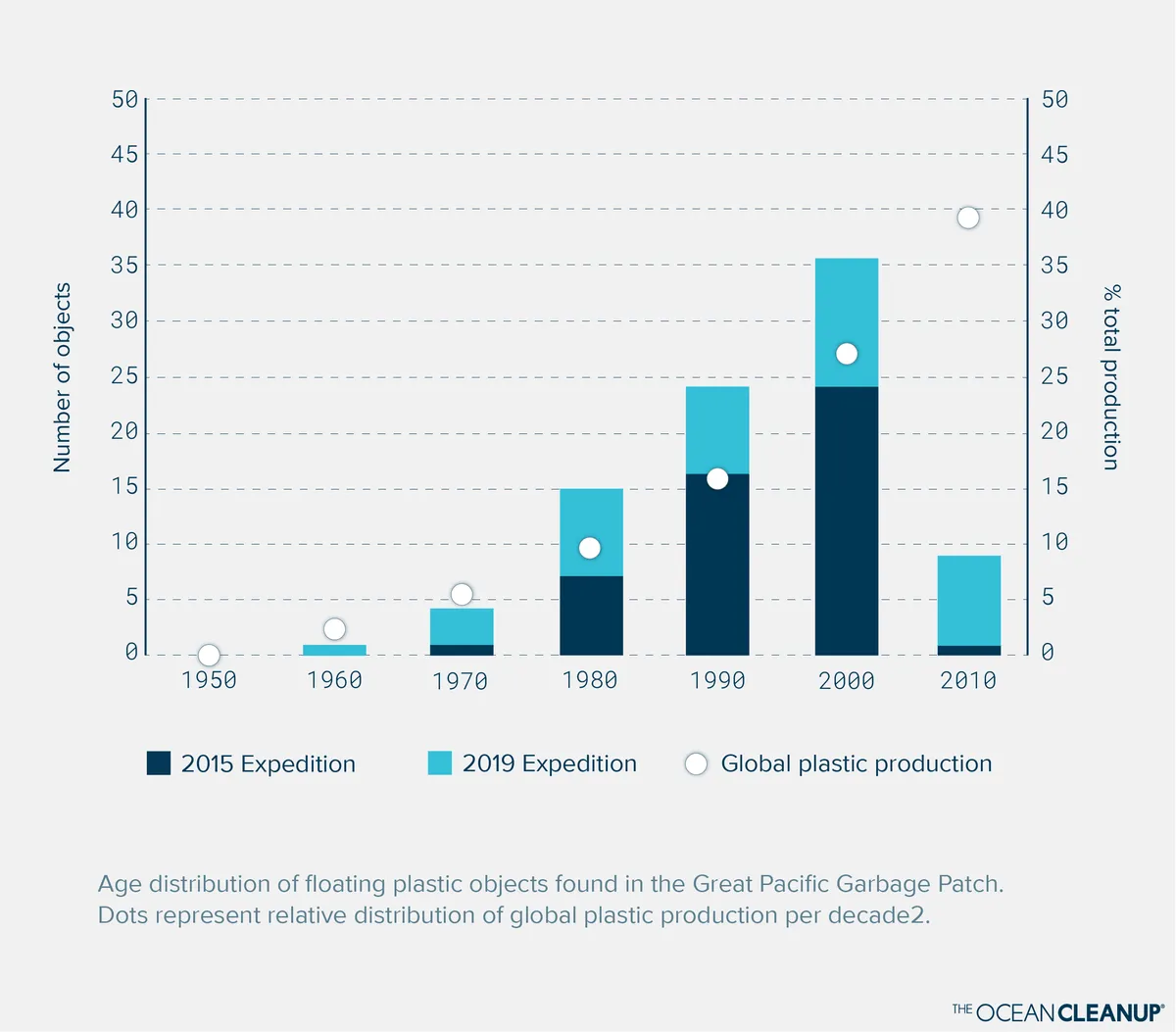
In 1997, a racing boat captain by the name of Charles Moore was sailing from Hawaii to California when he and his crew bumped into an ocean of trash. Surrounding his ship were millions of pieces of plastic, from bottle caps to fishing floats, for as far as the eye could see. Captain Charles Moore was lost for words at his discovery. The middle of the remote Pacific Ocean was the last place he expected to find a mass of plastic. Today, this giant litter patch is known as the Great Pacific Garbage Patch. It is the largest collection of marine litter in the world. Read on to learn 8 eye-opening facts about the Great Pacific Garbage Patch.
—
… or seven United Kingdoms! It covers an estimated surface area of 1.6 million square kilometres, the equivalent of the distance between North America’s West Coast to Japan.
If you’re having a hard time picturing it, just think that it’s almost the equivalent of the weight of 400 Jumbo Jets. Plastics consist most of the litter, from fishing equipment to household products.
Scientists behind a2022 study conducted by The Ocean Cleanup Foundation collected and analysed samples from the litter patch. Shockingly, some items had production dates from as early as 60 years ago. The debris also comes from all around the world – words from Japanese to Chinese to English have been found on samples.

Age distribution of floating plastic objects found in the Great Pacific Garbage Patch. Dots represent relative distribution of global plastic production per decade. Image: The Ocean Cleanup.
Many of us think of the garbage patch as a floating island. However, not all of the trash floats on the surface of the ocean. Much of the trash breaks up into tiny pieces of plastics called microplastics and sinks below the ocean’s surface. Some scientists describe the patch as a giant cloudy garbage soup.
These circular ocean currents are called gyres. They act like enormous whirlpools, pulling objects into their center. Once the debris is trapped, they have nowhere to go. For this reason, the garbage patch is continually growing.
The Great Pacific Garbage Patch is the biggest, but not the only, marine trash patch in the world. The Atlantic and Indian Ocean both have their own trash patches too.
Unfortunately, we can’t simply scoop up all the litter with a fishing net. The enormous size of the area, for one, is a huge challenge to overcome. Scientists say that it would take 67 ships one year just to clean up less than 1 percent of the North Pacific Ocean. In addition, it is difficult to scoop up the trash without picking up sea animals along the way. Nevertheless, some companies have come up with promising solutions to cleaning up the patch. The Ocean Cleanup, for example, managed to successfully remove 206,000 kilograms of plastic from the garbage patch thus far.
The best way to stop the Great Pacific Garbage Patch and other marine trash patches from growing is to stop or limit our use of plastics. We will never be able to clean up the patch if more plastic keeps entering the ocean than we can remove. Every small action counts in our fight against plastic pollution – from learning how to recycle plastic and opting for plastic alternatives whenever possible to bringing your own reusable bottle.
Photo by Hagerty Ryan, USFWS on Pixnio
Learn more about plastic pollution here: 7 Facts About Ocean Plastic Pollution for Kids